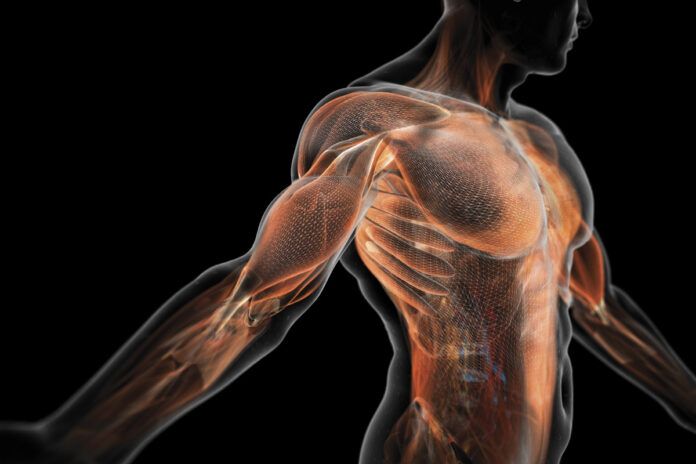The acronym S.A.I.D. means, Specific Adaptation to Imposed Demand.
Essentially, when the body is exposed to a particular type of exercise or movement (stressor), the body will start to adapt to perform better and withstand that specific stressor next time. It seems intuitive, right? This is a natural extension to a previous post about Supercompensation.
If we want to get better at riding a bike, we should not be hiking up and down mountains. Not to say that hiking is not a great outdoor activity and workout, but it won’t help us get better at biking if that is our goal.
Similarly, if we desire to build muscle in our body, we should include strength training at least 2x per week. But often, what our weekly routine looks like does not match up to the goals set for us.
More specifically, Specific Adaptation to Imposed Demand (SAID) is a principle in exercise physiology. It states that the body adapts specifically to the demands placed upon it. In other words, if a person performs a specific type of exercise, their body will adapt to that specific type of exercise, and not to other types of exercise.
For example, if a person performs resistance training, their muscles will adapt to the specific demands of that type of exercise, and not to the demands of endurance training. This principle is important in the design of training programs, as it highlights the importance of specificity in exercise.
Milo of Croton: A Historical Beacon of S.A.I.D. Adaptation
In the annals of ancient strength and endurance, the legendary figure of Milo of Croton emerges as a beacon illustrating the principles of Specific Adaptation to Imposed Demand (S.A.I.D.). Milo, an ancient Greek wrestler and six-time Olympic champion, showcased an unparalleled commitment to tailored training.
His renowned method involved lifting and carrying a young calf daily, allowing the growing animal to gradually impose greater demands on his strength and endurance – the specific traits he needed for wrestling.

Milo’s story perfectly encapsulates the essence of S.A.I.D., as his body adapted specifically to the demands he placed upon it. Milo’s repetitive lifting of the calf exemplifies the concept that consistent exposure to a specific stressor yields targeted adaptations to his body.
Much like Milo’s method propelled him to unparalleled strength in the ancient Olympic Games, today’s dragon boat paddlers can draw inspiration from his story. Disciplined, sport-specific training is the key to unlocking extraordinary performance on the water.
Using the S.A.I.D. Principle in Dragon Boating
In order to create a program for dragon boaters, let’s list the specific types of exercise that dragon boaters need.
- Endurance Training
- Strength Training
- Functional Movements
- Team Training
Now we can select exercises that specifically target these training areas. Here is a short list of some such exercises to give you an idea of how a training program can be built to target the specifics of the sport:
…. The remainder of this content is for members only…













